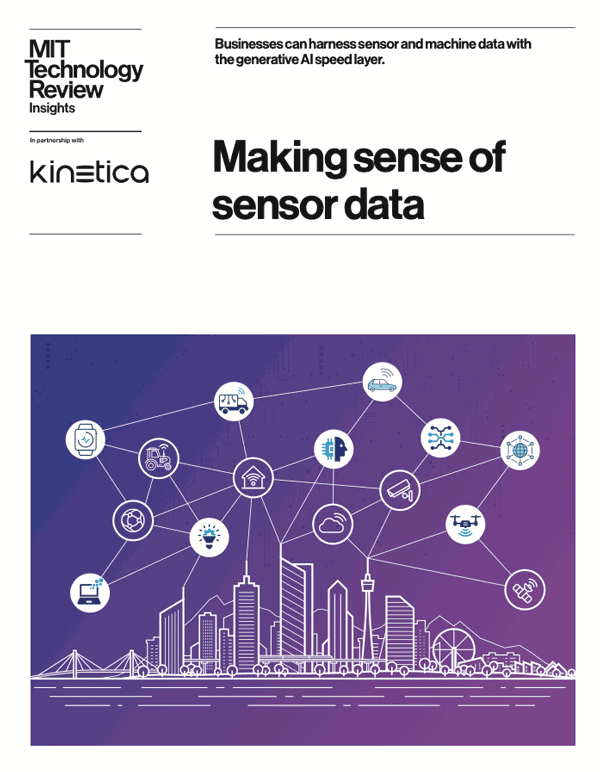Unifying Analysis for Military and Intelligence with a Streaming Data Warehouse
From JADC2 to ABMS, the military and intelligence communities (IC) have embarked on major efforts to connect their data and their analysis of it. In a world of hybrid threats, where activities or their indicators occur in varying domains, and the consequences for missing them are so high, the military and IC place the utmost value on being able to make rapid connections across disparate types of data.
Part of the challenge, of course, is that these organizations have typically relied on legacy systems that produce narrow analysis of siloed data. John Randles’ recent article in Intelligence Community News provides a great picture of what this means in the IC context:
In the past analysts concentrated on correlations at the application / department level. If I am a cyber analyst, I am typically looking at what my SIEM tells me in detecting correlations in my cyber threat world. If I am looking at terrorist financing, I am primarily looking at data in the financial domain. When I am tracking those on a watch list, I am focused on location and signals data primarily…The nature of the world in 2021 requires that we look for correlations at the highest, macro level possible. We need to see things as they are, not as the threat actors want us to see things.
The problem Randles describes is not necessarily one of organizational design but rather of technical capabilities. Analysts may want to look across domains, but the military and IC deal with huge volumes of fast-moving data, and they need to make sense of it very quickly. Integrating analysis of hundreds or thousands of data feeds at the pace required is simply a nonstarter for most technologies today.
North American Aerospace Defense Command (NORAD) has given an example of how to tackle this challenge through its Pathfinder program. NORAD uses a variety of systems to monitor U.S. airspace, but they had previously been siloed from one another and unable to communicate. After a one-year prototyping effort, the Air Force selected the Kinetica Streaming Data Warehouse for the Pathfinder program, where it will tie independent systems together across air, land, sea, space, and cyber domains, creating a fused operational picture.
Unified analysis across data feeds allows military operators to deepen their analysis and increase their situational awareness, ultimately handing them the ability to more quickly and accurately identify threats. Obtaining the powerful capabilities to perform this analysis will continue to be one of the highest priorities for the military and IC.
To learn more about how NORAD leverages Kinetica to unify their analysis of U.S. airspace, check out the following links:
U.S. Air Force Spends $100 Million to Accelerate Data Warehouses
Under New Deal, NORAD Gets New Capabilities For Defensive JADC2
Kinetica Public Sector Solutions
Andrew Wooler is global marketing manager at Kinetica
Making Sense of Sensor Data

